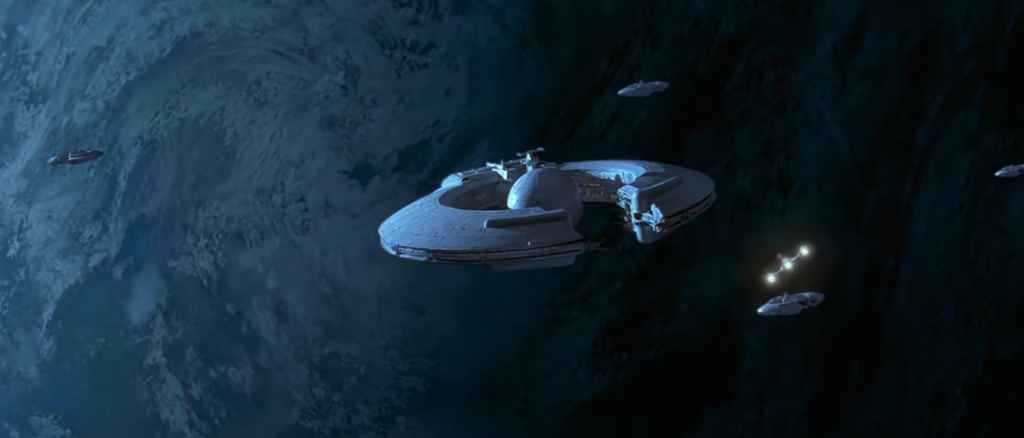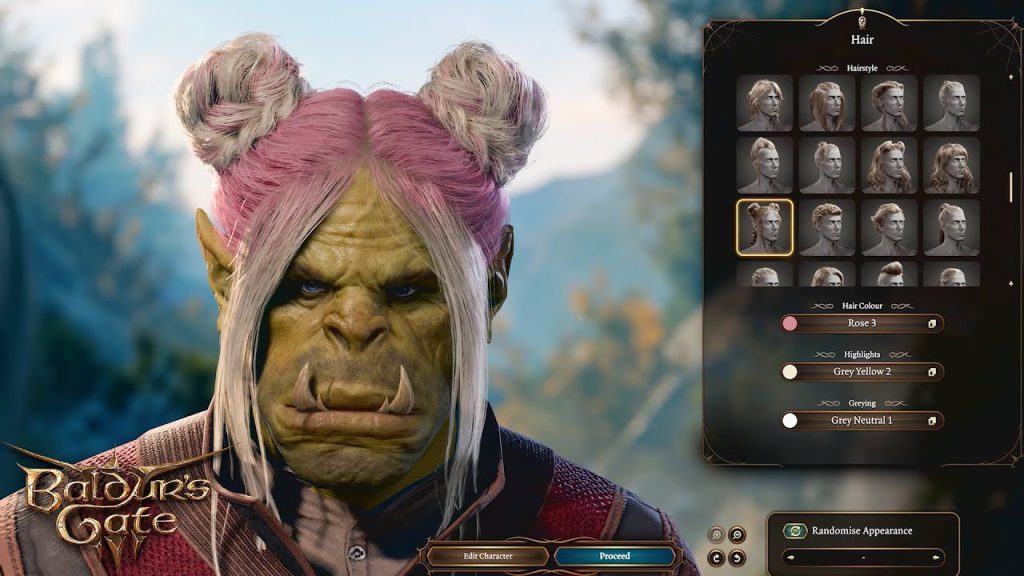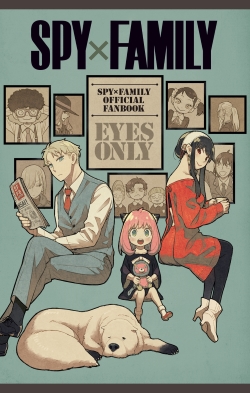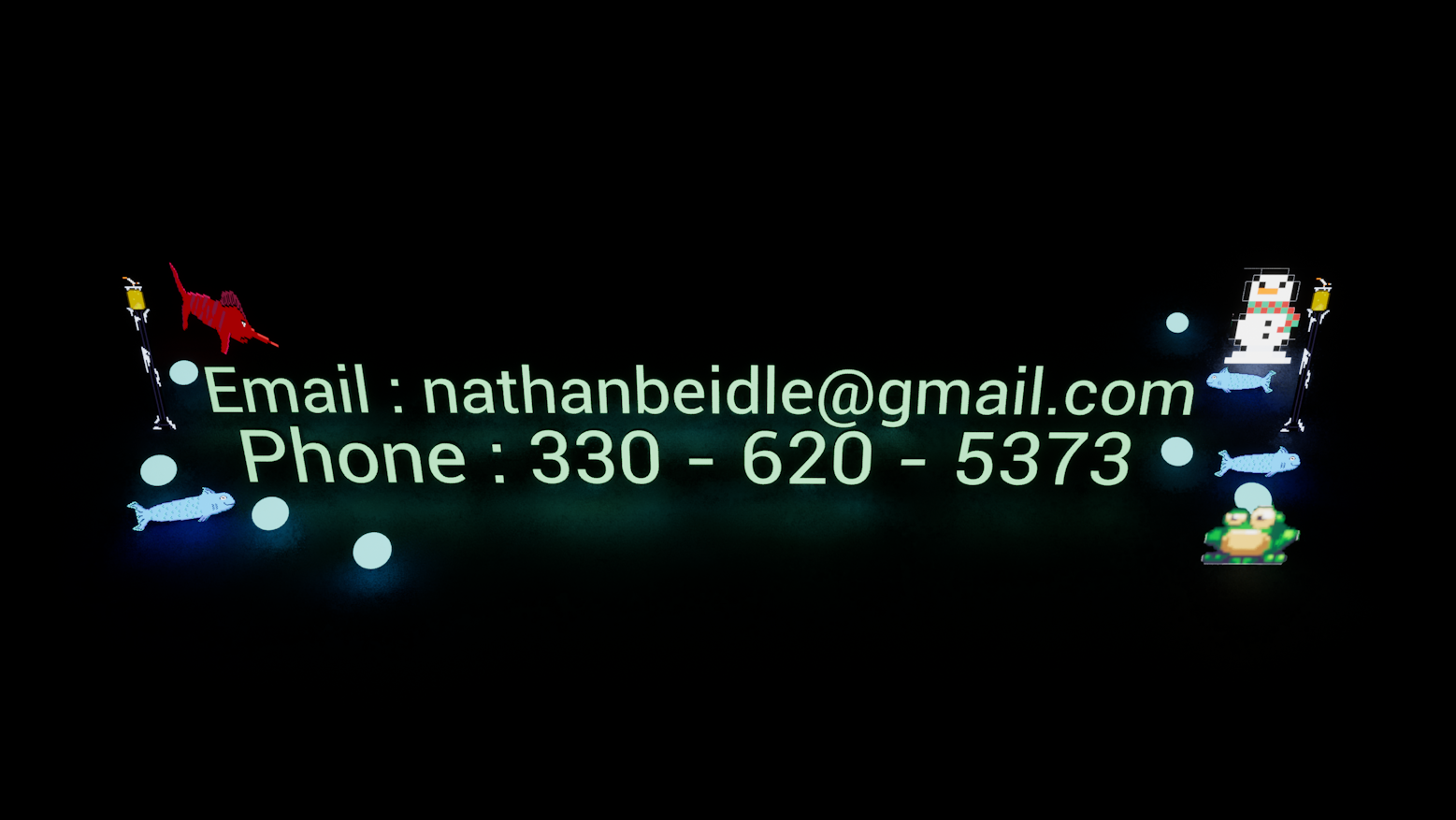
[HOME] -> [CREATIVE WORK] -> [WORLD-BUILDING]
World-Building
Philosophy
World-building can feel like a daunting and impossible task. Luckily, there are many free tools and resources to assist us in our world-building hobby. From name and map generators all the way to AI art, there is a tool to help you find inspiration or a tool to help you work past a road block within your writing.
This page is meant to hopefully be another tool in the toolbox for an aspiring world builder. I hope to assist any novice creators by explaining my personal style and approach to world-building, while also providing resources and real examples from popular media.
Approach
When starting a new world, it is important to identify how your world differs from fictional works of the past and how it differs from the real world. This could be a small detail, such as a unique character the story will focus on, or a large detail such as a unique technology that has been newly developed. No matter the size, this unique aspect will provide a hook for you to focus your writing around.

Once you have found your hook, start exploring how this hook interacts within your world. Consider the impact your hook would have on the past, present, and future of your world. In the case of a unique technology, considered who developed this new technology and for what purpose. What impact did this technology have on the world after it was created?
Developing and expanding upon your hook will naturally bring in your audience’s curiosity early. Consider popular fictional works such as Dragon Ball and Star Wars. Both of these series waste no time presenting their hooks to the audience. The original Star Wars film captivated its audience within seconds by opening up to a realistic space scene, unprecedented for its time. Dragon Ball opens with an young child with a tail performing inhuman feats of athleticism, setting foundational details about their hook that will later be explained.

A wonderful example of this idea is explained by the YouTuber Cyberattack in his video, “Home Recording: How to Begin.” While Cyberattack talks about applying a unique hook to your music, the same principle can be applied to world-building as well. Anything that sets your world apart from previously created works should be heavily emphasized and developed to create an early engagement with your audience, and to provide direction for surrounding details.
Building Out vs Building Deep
It is important to think of all creative works in terms of both depth and coverage. This can be thought metaphorically as horizontal vs vertical coverage. Consider how far around the world your story will stretch and where your player or audience will spend the majority of their time.
The Harry Potter series is a wonderful example of both building out and building deep. This first two installments of the series take place almost exclusively in Hogwarts, a magical school that most of us are intimately familiar with. This is deep world-building at its finest, where details about magic, wizardry, and sorcery are explained in intimate detail while the reader is left in the dark about most of the surrounding world.

This is in contrast with the later installments within the series that explore concepts such as the Muggle world, other wizarding schools, and the future lives of the main characters. As the story is built out laterally however, the audience is not given the level of intimate detail they received early within the series.
By structuring her series in a way that builds a deep world to start and a wider world to conclude, JK Rowling pulls her audience in with a strong personal connection to Hogwarts and the wizarding world and then lets them briefly explore surrounding areas once they are already hooked in. She also allows herself room to expand upon her world in the future by establishing lore that can be explored in a different installment within the series.
Building Worlds for Games
World-building an environment that players can interact with can come with its own unique challenges, especially in a game where players can make choices that change the outcome of said game.
When world-building for a game like this, it is important to establish an early and strong personal connection with the player. Many modern games accomplish this by allowing players to customize their appearance and attributes in a character creation menu. While a character creator is not necessarily world-building, the information the player puts forth in the character creation menu can help a world-builder create a tailored gameplay experience from the very beginning of a game. By establishing attributes like a career, race, religion, and so forth, players create a social profile for their characters that the world can react to. Baulder’s Gate 3 is a great modern example of this concept, allowing players to access completely different content based off of their character.

Perhaps the reason Baulder’s Gate 3’s character creator works so well is its close replication of character creation within Dungeons and Dragons. World builders and game developers alike should take note, as this shows that when it comes to customization, you must try to balance both cosmetic attributes and personal qualities to allow players to create something they can truly identify with.
Character Design
On the topic of character creation, no good story is complete without relatable and dynamic characters. No matter the medium you wish to convey your story over, you will need solid characters to do a majority of the narrative lifting. Everything from how characters talk, what they eat, and how they spend their time has to fit into your world in a realistic way, while also being unique to said character in order to give them an identity.
One show that provides a master class in character design and interaction is Spy x Family, a show where a spy and an assassin must raise a telepathic child. Even without much further explanation one can imagine the interesting scenarios this family often times finds itself in.

My Worlds
The two largest creative worlds I have created and continue to maintain are the World of Bondile in my Dungeons and Dragons campaign, and the United Planets and Solar Systems (UPASS) within the Merchant Captain’s Logs.
The World of Bondile, while created and run by me, is largely a collaboration between me and my players as they traverse the world and leave their own unique impacts.
More information about the world of Bondile will be available on the [TABLETOP GAMING] section of my website in the near future.
UPASS is the future’s largest, and only, political and military super power. With bases covering the entire known universe, UPASS seeks to unite all advanced civilizations and combine their scientific resources.
UPASS is explored through the perspective of one man, the Merchant Captain, who travels the universe installing official UPASS infrastructure for newly initiated planets.
Find out more about UPASS and the Merchant Captain [HERE]!
Other Resources
Video of Matthew Mercer and Brennan Lee Mulligan discuss creating fictional works
Ginny Di’s YouTube channel provides premade Dungeons and Dragons content as well as creative advice
QUICK LINKS:
